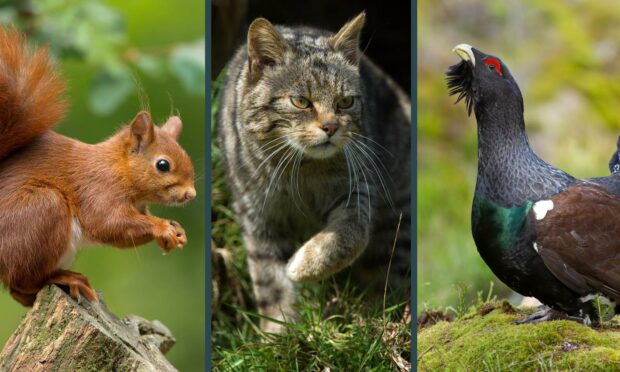Did you know the Cairngorms National Park is home to one quarter of the UK’s rare and endangered species?
The region, which encompasses 6% of Scotland’s landmass, is also home to around 18,000 people, and it receives around two million visitors per year.
To help future-proof the park in the face of threats like overdevelopment, the pressures of tourism and climate change, the Cairngorm National Park Authority (CNPA) has proposed a number of major changes to how the region will operate going forwards.
What are the planned changes?
After receiving more than 500 responses from the public in a summer-long consultation, the CNPA has identified a great deal of long-term objectives up to 2045, the year the Scottish Government has committed the country to achieving net zero harmful emissions.
The CNPA’s draft National Park Partnership Plan covers three priority areas — nature, places and people.
Included in the plans are dozens of targets and objectives, and the authority wants you to tell them your thoughts on all of them to help inform the decision-making process.
Here are seven key objectives the CNPA has outlined to protect nature and reduce our impact on climate change in the park.
Expanding woodland and restoring peatland
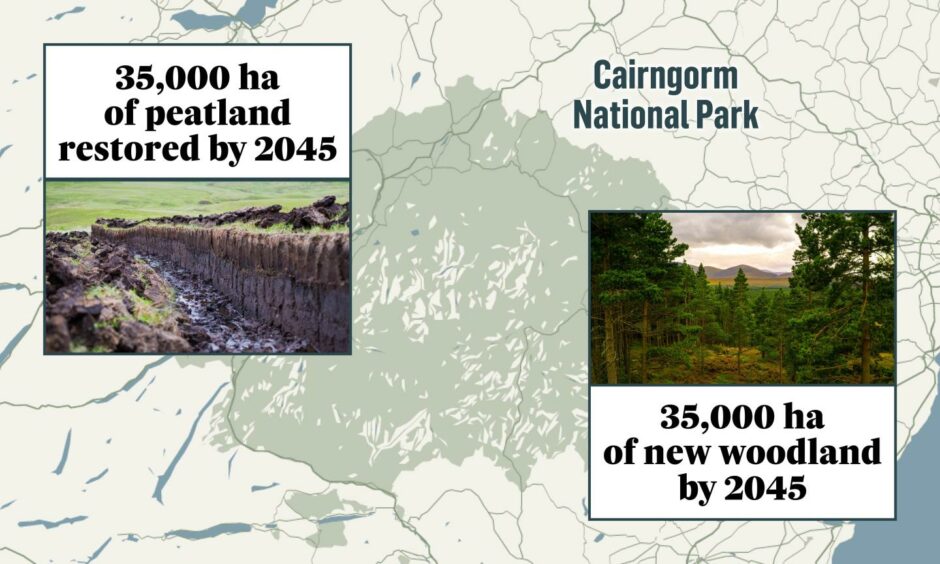
The CNPA aims to create 35,000 hectares of new woodland, and 35,000 hectares of restored peatland by 2045 for a total of 70,000 hectares, the equivalent of just over 98,000 football pitches.
The majority of the woodland project would be native trees, and they would be allowed to regenerate naturally, without the need for planting or fencing.
However, there will still be the requirement for direct tree planting and fencing around the park, in particular during the early years of the initiative where the number of species like deer will still be too high to allow for natural regeneration.
Currently, the national park has around 90,000 hectares of degraded peat, and 15% of the bare peat in Scotland.
By restoring and managing the peatland and increasing woodland cover within the boundaries of the region, the CNPA hopes to help Scotland hit its net zero goals, increase biodiversity, and reduce the risks of flooding.
Reducing deer numbers
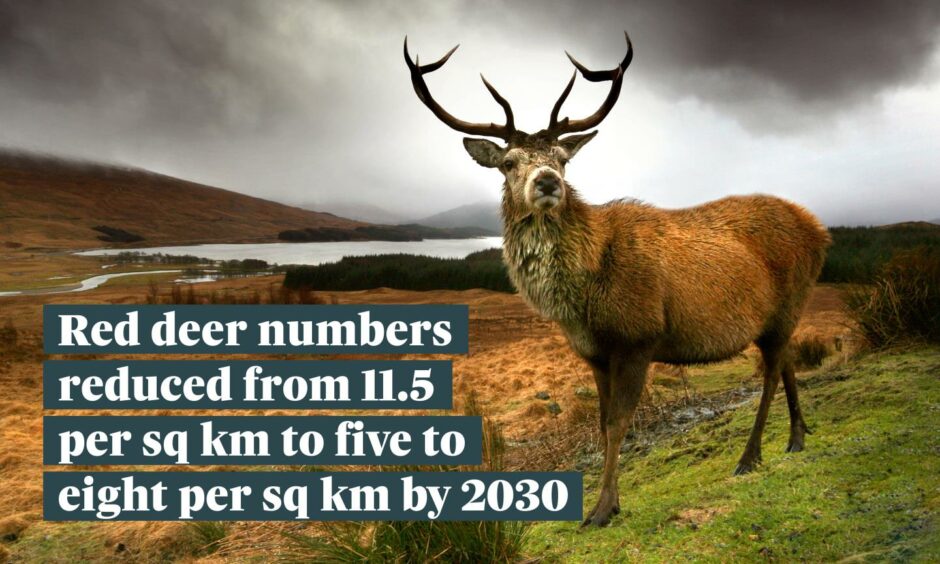
In order to allow for the woodlands to expand and peatlands to be restored, the CNPA proposes the reduction of deer populations throughout the park.
Currently on average, red deer densities on open ranges in the region stand at 11.5 per square kilometer, but this figure can vary from four to 20 depending on the precise location.
In the plan, a target has been set of red deer density levels on open ranges of between five to eight per square kilometre.
A particular focus will be given to areas with very high numbers of deer.
The plan describes it as a “complex picture”, and highlighted the need to assess “densities, occupancy, and impacts on current and desired habitats, as well as impacts on estates and businesses”.
The non-native sika and fallow deer living in the park would be contained within their current distribution areas by 2030.
Tackling intense game bird management
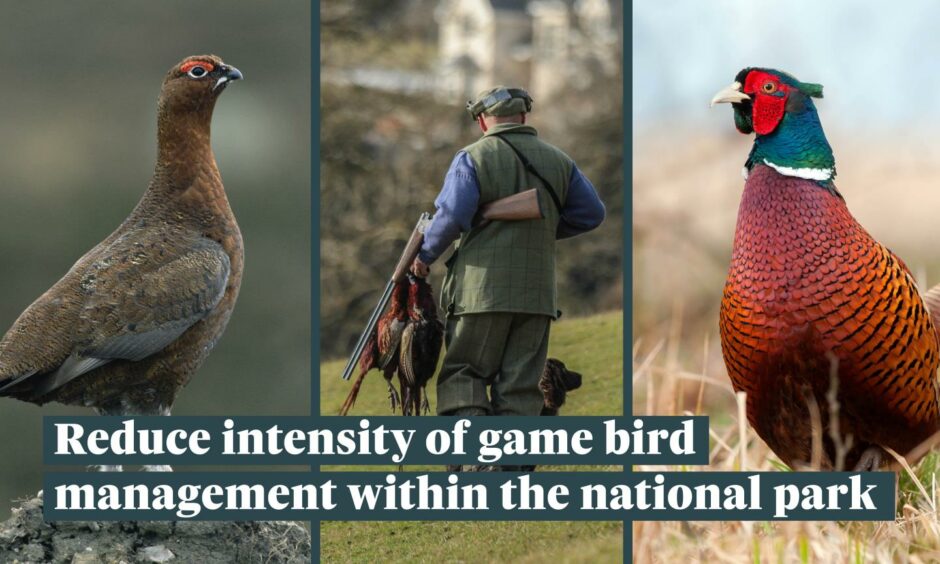
The park authority wishes to reduce how intensely game bird management, for animals such as grouse, pheasant and partridge, is carried out within the park.
The CNPA said there are “significant releases of non-native game birds in the national park, but information is patchy”.
To address this, the authority aims to “get a better handle on the data around these releases”, and assess the “impacts on native wildlife, and to ensure a better regulated system”.
Restoring rivers
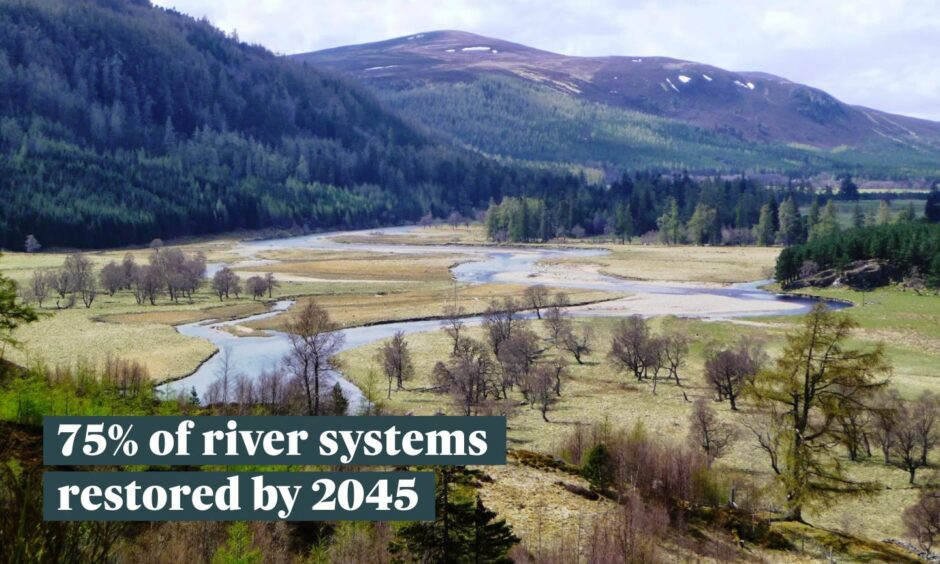
The Cairngorms are home to some of Scotland’s most iconic rivers, including the Dee and the Spey.
By 2045, the authority hopes to restore 75% of river systems in the region.
By connecting rivers to wetlands and floodplains as part of wider freshwater work, the authority aims to help protect against the impact of climate change, flooding, and create new habitats for wildlife to live.
Protecting key creatures
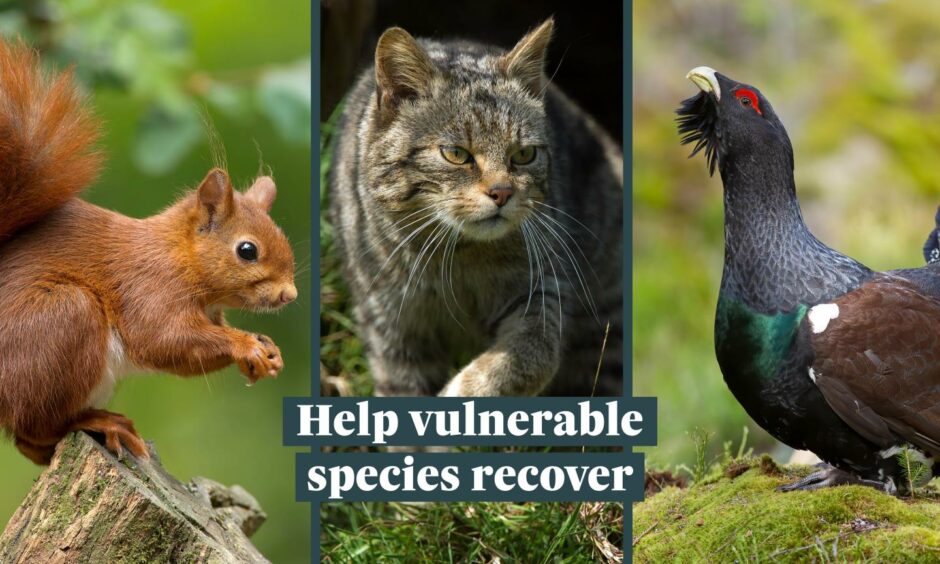
As the region is home to so many struggling species, and in some cases is the last stronghold in the UK for some creatures, the park authority wants to take steps to protect them and help their population numbers return to stable levels.
Animals like red squirrel, capercaillie, Scottish wild cats and osprey all benefit from the wild nature of the national park.
However, they face many threats, both present and future, and the park authority said “tough choices” may be required to protect them.
The CNPA said: “The number variety and distribution of species will shift with the changing climate and with the changing landscapes of the national park, including increased woodlands and restored peatlands.
“This will mean that different species may thrive in the future, and that tough choices about species currently seen in the national park may have to be taken.
“There is also a need to ensure that species that have been persecuted in the past are allowed to breed in the national park across their range.”
The authority is also looking at the reintroduction of lost species as part of a “suite of measures” to protect biodiversity.
Making travel greener
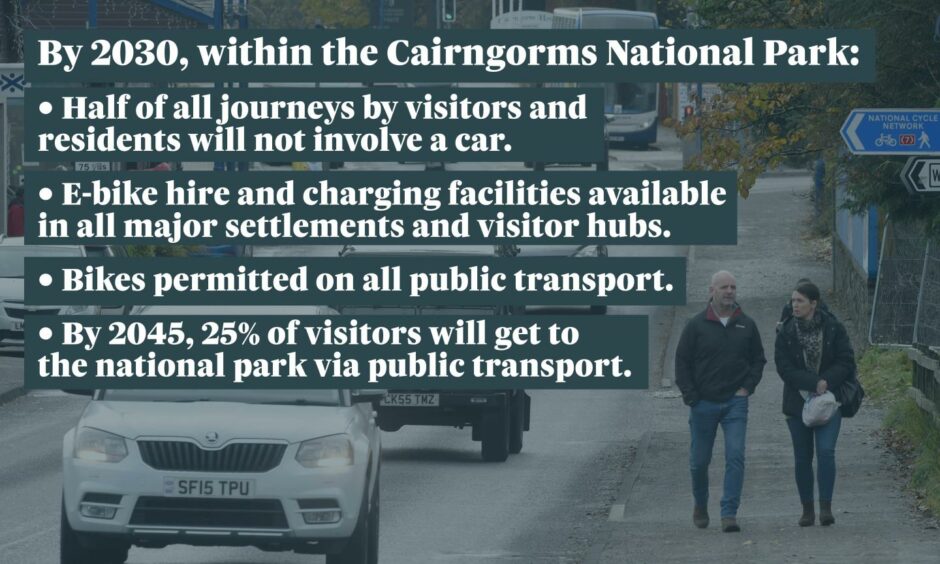
To help meet climate change targets, the CNPA has outlined a number of objectives to cut down on the volume of greenhouse gas emissions within the region caused by people’s transport choices.
By 2030, the authority wants to half the number of car journeys, improve e-bike availability, and make sure everyone can take their bicycles onto public transport.
And by 2045, it wants a quarter of visitors using public transport.
The CNPA’s plan said how people get to and get around the Cairngorms will be “one of the biggest changes in the national park over the coming years”, and there is a need for a “hub and spokes model” for key visitor destinations.
It also highlighted “site-specific solutions for key areas of the national park, such as Glenmore”.
Handling increasing tourist numbers and their impact on the park
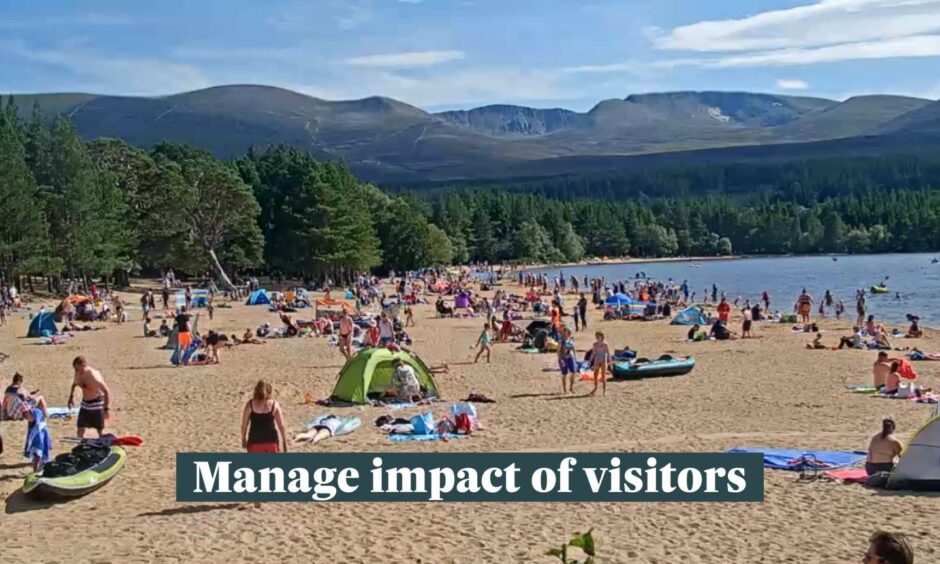
Throughout lockdown, with opportunities for holidays abroad severely limited, many in the UK instead chose to visit the country’s most picturesque, wilder destinations, including the Cairngorms.
To help make sure the park is better prepared for larger volumes of visitors, the authority aims to ensure public infrastructure is of a high standard, and able to “cope with demand at key destinations”, such as Loch Morlich, which has been the site of dangerous parking on verges when car parks filled up.
It also aims to ensure the number of public toilets, changing places toilets, and campervan facilities meet the demand.
